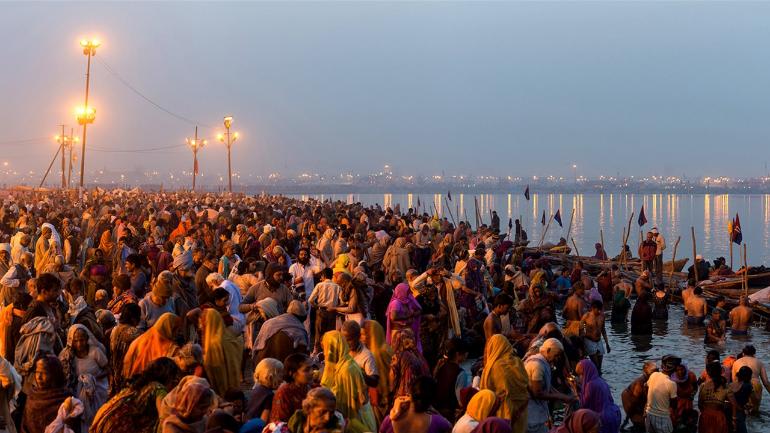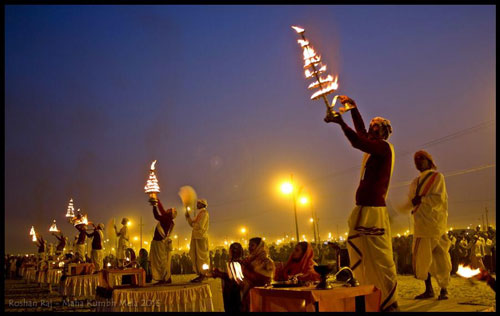At the heart of the greatest gathering on earth, behind the gigantic , all encompassing energy of belief & power, lies the spiritual secret of Hinduism – the MOKSHA.
Astrologically whenever Jupiter enters in Aquarius & Sun in Aries,a powerful supercharge happens at Haridwar. The whole area is energize – the water, the air, and the entire atmosphere becomes charged with that force. Taking bath in Ganges which is imbued with that power, promotes spiritual growth, health, emotional strength and put you on the path of MOKSHA.
Crowds, or even the prospect of one, may be anathema everywhere, but the government has begun planning for the Maha Kumbh Mela in Haridwar, Uttarakhand, in January 2021. The gathering has a long history and draws large crowds from the world over, who come to take a ritualistic dip in the Ganga.

